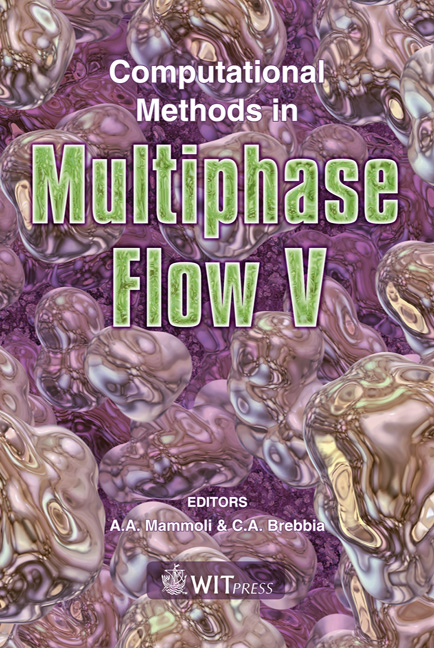Computational Fluid Dynamic As A Feature To Understand The Heat And Mass Transfer In A Vacuum Tower
Price
Free (open access)
Transaction
Volume
63
Pages
11
Page Range
169 - 179
Published
2009
Size
774 kb
Paper DOI
10.2495/MPF090151
Copyright
WIT Press
Author(s)
K. Ropelato, A. V. Castro, W. O. Geraldelli & M. Mori
Abstract
The understanding of fluid dynamic phenomena in industrial equipment is extremely important for new projects and their optimization. Distillation columns have been used for centuries. Since then many advances have been achieved. The present study shows a methodology to study the heat and mass transfer in empty sections of distillation columns considering the Eulerian- Lagrangian approach. A multiphase model is applied to the vacuum tower, with the vapor-liquid flow being modeled with a Eulerian-Lagrangian approach. The Computational Fluid Dynamic (CFD) technique is adopted as the tool to predict vacuum tower dynamics. The CFD results were validated with real operation behaviour. An ideal multicomponent equilibrium model is adopted to represent the thermodynamics in the heat and mass transfer processes. The characteristic time scales are used in the classification and the understanding of the dominant mechanisms in gas-liquid suspensions. This methodology is general, and therefore can be applicable to any turbulent gas-liquid flow. A discussion on the validity of the models is given, as well as an application to distillation vacuum towers. Keywords: CFD, thermodynamic equilibrium, multiphase, Lagrangian, spray.
Keywords
CFD, thermodynamic equilibrium, multiphase, Lagrangian, spray





